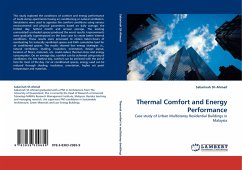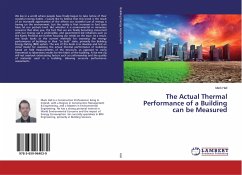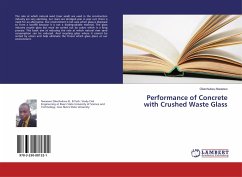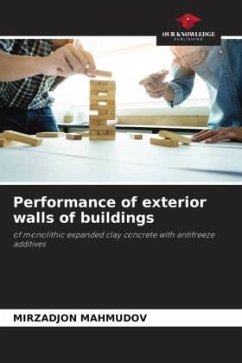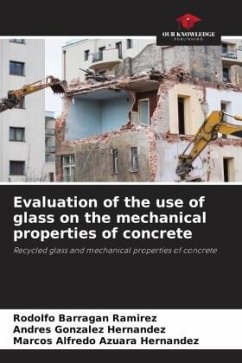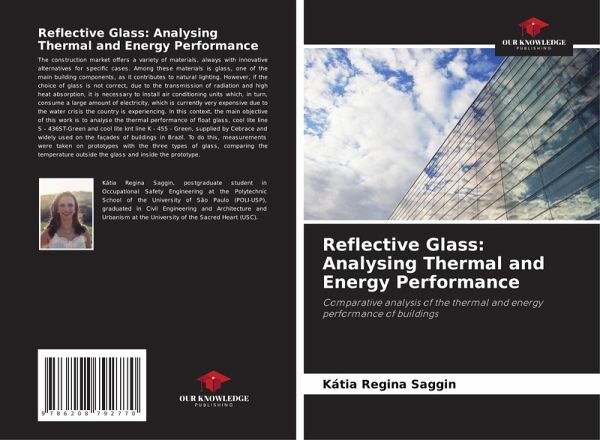
Reflective Glass: Analysing Thermal and Energy Performance
Comparative analysis of the thermal and energy performance of buildings
Versandkostenfrei!
Versandfertig in 6-10 Tagen
24,99 €
inkl. MwSt.

PAYBACK Punkte
12 °P sammeln!
The construction market offers a variety of materials, always with innovative alternatives for specific cases. Among these materials is glass, one of the main building components, as it contributes to natural lighting. However, if the choice of glass is not correct, due to the transmission of radiation and high heat absorption, it is necessary to install air conditioning units which, in turn, consume a large amount of electricity, which is currently very expensive due to the water crisis the country is experiencing. In this context, the main objective of this work is to analyse the thermal per...
The construction market offers a variety of materials, always with innovative alternatives for specific cases. Among these materials is glass, one of the main building components, as it contributes to natural lighting. However, if the choice of glass is not correct, due to the transmission of radiation and high heat absorption, it is necessary to install air conditioning units which, in turn, consume a large amount of electricity, which is currently very expensive due to the water crisis the country is experiencing. In this context, the main objective of this work is to analyse the thermal performance of float glass, cool lite line S - 436ST-Green and cool lite knt line K - 455 - Green, supplied by Cebrace and widely used on the façades of buildings in Brazil. To do this, measurements were taken on prototypes with the three types of glass, comparing the temperature outside the glass and inside the prototype.






